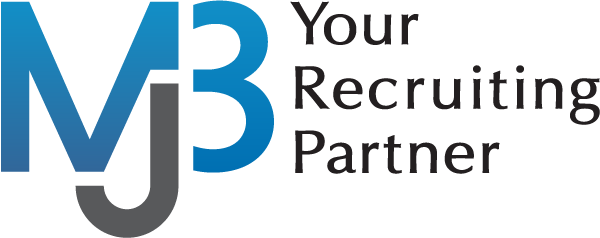The mere mention of Cold calling can send chills down the spines of many a sales person. But cold calling doesn’t have to be a scary thing. Depending on how you approach it and how well you prepare before you make the dreaded “cold call” it can be as pleasant and productive as a sales call to an established client.
Firstly stop calling it “cold calling”. This term dredges up a lot of negative connotations for not only sales people but for the recipients of those calls. Instead refer to it as Prospecting, B2B Marketing, and Customer Outreach – all of which are simply euphemisms for cold calling but make it a more palatable endeavor.
Give these other strategies a try too and the whole process will not only be more pleasant but more successful.
Do your homework!
The most important thing you should do before you make any calls is research. If you study up on the organization, and more importantly the person you will be contacting, it won’t feel so much like a “cold” call at all. You will have insight and background to rely on when speaking to your contact. Don’t forget to find out who assists your contact. Knowing a bit about the underlings can prove invaluable when making your initial contact. Remember, the more information and knowledge you have about your contact and the company, the more confident you will not only feel, but appear to your contact as well.
Create a plan of attack.
After you have done your homework on the organization and the staff you may be dealing with you’ll need to determine when the best time of day is to reach out to that person. Obviously if you are on the east coast and you’re contacting someone on the west coast you’ll need to compensate for the time changes. For local markets consider that most people aren’t ready to take a sales call first thing in the morning, right after lunch or at the end of the day. Optimum times are usually between 9 and 11 a.m., and 2 to 4 p.m. People have had the opportunity to settle in for the morning and again after their lunch break. Sometimes creating a routine for yourself of making those cold calls at a specific time each day helps to mitigate the anxiety. At 10 a.m. every day you know you’ll be at your desk making some calls to your new contacts.
Create a script.
Write up a script of the basic points you want to make during the call. Make it a personal conversation – start by introducing yourself. Because you know who you are calling after doing your homework you already have an implied relationship, especially if you know the contact’s gatekeeper when you call. Give the contact’s gatekeeper the utmost respect and thoughtfulness when calling. They can be the determining factor as to whether or not you get to speak to your prospect. Make sure to use names so it becomes personal for the contact as well. After you have created a skeleton script, PRACTICE IT! This is not to say that it becomes rote and robotic, but the information you’re hoping to convey should come naturally during your call. It should have a very relaxed conversational tone to it, not rehearsed or canned. But the script prepares you to include all pertinent information during a call.
Keep track of your calls.
There is nothing more embarrassing than contacting someone you have already reached out to in a previous call.
- Who did you call? Did you speak to them or their assistant?
- When did you make the call?
- What transpired during the call?
- Is a follow up call scheduled? Is one worthwhile even if you have not scheduled one?
- Record pertinent information for the future. If you find out the contact’s interests, family names and hobbies, schools attended, sports interests make note of that information. It is important to use anything that will make your next call more personal.
Cold calling doesn’t have to be a dreaded task. Think of it as an opportunity to create new business leads and customers. The mental shift will go a long way in helping you be more successful as a salesperson.
